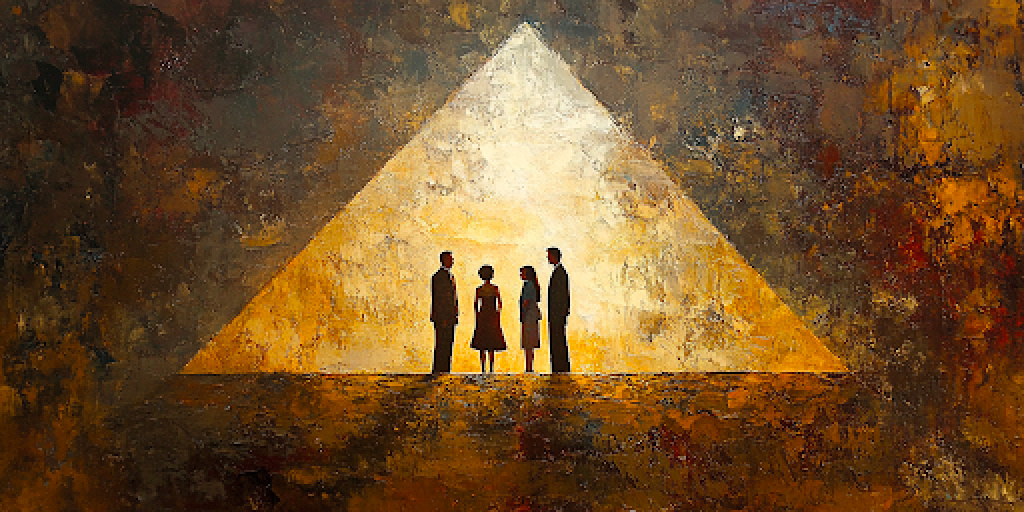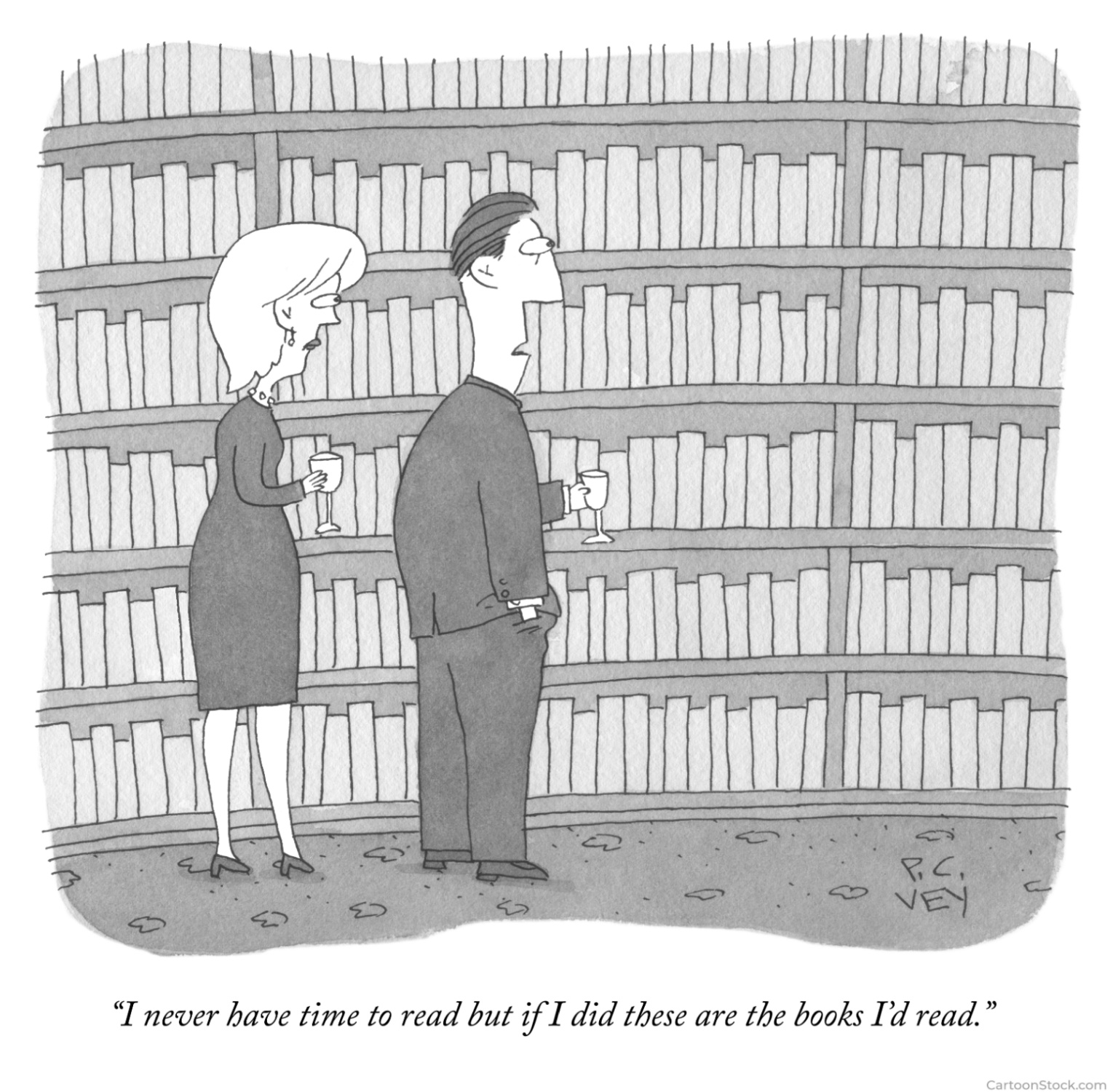In The Righteous Mind: Why Good People Are Divided By Religion and Politics, Jonathan Haidt argues, “A college football game is a superb analogy for religion.” Haidt, who once taught at the University of Virginia, describes the elaborate pre-game rituals of Wahoos in Charlottesville: Students dress in special clothing or wear body and face paint; they go to pre-game parties and eat fatty foods and drink to excess; they set up tailgate parties in the parking lot; they sing and chant and cheer and jeer and boo in a booming unison tens of thousands strong; they link arms and sway and pump their fists in perfect synchronicity.
What’s the purpose of all this hullabaloo? According to Haidt, it is the creation of a community:
From a naive perspective, focusing only on what is most visible (i.e., the game being played on the field), college football is an extravagant, costly, wasteful institution that impairs people’s ability to think rationally while leaving a long trail of victims (including the players themselves, plus the many fans who suffer alcohol-related injuries). But from a sociologically informed perspective, it is a religious rite that does just what it is supposed to do: it pulls people up from Durkheim’s lower level (the profane) to his higher level (the sacred). It flips the hive switch and makes people feel, for a few hours, that they are “simply a part of a whole.” It augments the school spirit for which UVA is renowned, which in turn attracts better students and more alumni donations, which in turn improves the experience for the entire community, including professors like me who have no interest in sports (emphasis mine).
These rituals are more or less the same at any school in the country, and the ecstasy of the experience has been felt by most anyone who has a pulse and has ever attended a football game— though the opportunity has been rarer during this most recent, abnormal year. If the Super Bowl is a religious service, the famed commercials are the “sermon” of commercialism, and the halftime show is the rousing mid-meeting hymn.
I thought about Haidt’s argument this year in regards to Super Bowl LV. In the past, commentators have argued, and I tend to agree, that the National Football League is the unofficial national religion and that the Super Bowl is best understood as a religious festival. From this view, you might say that Tostitos chips and dip are our communion wafer and wine.
Every religious service needs a sermon and songs. If the Super Bowl is a religious service, the famed commercials are the “sermon” of commercialism, and the halftime show is the rousing mid-meeting hymn.
I could not help but notice the religious aesthetics of the most recent halftime performance put on by a Canadian songwriter known as The Weeknd. The performance opens with The Weeknd in a sports car in a neon Las Vegas landscape. As he exits the car, his doppelgänger, clothed in a loose white robe, descends from wires in the wide-armed posture of crucifixion. Suddenly, the levitating figure’s eyes turn a glowing red, as if, instead of Christ, it were the malevolent god of a plague-infested apocalypse. A gospel choir in bleachers greets The Weeknd with holy harmonies; the choir counts beats by rocking their shoulders in unison, sometimes pressing their hands together in the traditional gesture of prayer. Like Moses splitting the red sea, The Weeknd divides the choir in half, and a passageway is revealed. We follow The Weeknd into the passageway and find ourselves in a claustrophobic tomb— or, considering the gaudy gold adorning walls and ceiling, a sarcophagus. The tomb-like claustrophobia intensifies as The Weeknd appears to handle the camera himself, Blair Witch-style, and the shakey lens zooms uncomfortably close to his face.
Suddenly, The Weeknd is mobbed by a small army of backup dancers, with their faces wrapped in gauze like mummies. Like mummies, or, like Lazarus: “The dead man came out, his hands and feet wrapped with strips of linen, and a cloth around his face. Jesus said to them, ‘Take off the grave clothes and let him go” (emphasis mine). Like mummies in an old Hollywood horror flick, the resurrected mummies stumble around on legs stiff from rigor mortis. As the mummies exit their tomb to the open-air field, what used to appear in the background as a city skyline, now evokes a cemetery; what were before unambiguous skyscrapers now have the vague look of tombstones—all of which one could be forgiven for mistaking as a dramatization of Ezekial’s vision of the valley of dry bones rising up and putting on flesh. Even while some of the lyrics are thinly-veiled accounts of drugs or sex, other lyrics evoke religious tropes of sin and judgment and Paul’s conversion on the road to Damascus: “Sin City’s cold and empty … No one’s around to judge me … I’m blinded by the lights.”
To some, all of this might seem like the ravings of a symbolism-obsessed English teacher hopped up on too much chip dip. Perhaps. Or, this could be part of a legitimate, larger trend of celebrities appropriating religious aesthetics, imagery, and symbols. The Met Gala in 2018 was another prime example, the theme of which was “Heavenly Bodies: Fashion and the Catholic Imagination,” and at which Rhianna wore a bedazzled papal tiara, Cardi B dressed as a haloed Madonna, Katy Perry was a winged Versace angel, and Ariana Grande wore a Sistine Chapel-inspired Vera Wang dress. To be clear, I do not mean that The Weeknd’s show was covertly Christian. Neither do I believe, as apparently, some very earnest people do, that the show was some kind of inversion or perversion of Christianity— a kind of Satanic Black Mass. But I do believe that The Weeknd might have his own reasons to draw on religious aesthetics: perhaps to grant his art a certain existential gravitas by association, or perhaps in deference to a half-conscious Post-Christian nostalgia for an enchanted world of a bygone age, or perhaps only to be smugly ironic. I also believe it is entirely possible that these images and symbols are so deeply entrenched in our collective unconscious that The Weeknd might have drawn on them without the conscious intent to do so or without an explicitly religious artistic vision. Because most fans cannot afford to see their favorite music stars in live concerts, watching the Super Bowl halftime show is a little like walking into the inner sanctum.
Hollywood celebrities and musicians might best be understood as gods of a neo-pagan pantheon, and fans of these stars best understood as religious devotees. Camille Paglia makes a similar point in her brilliant essay “Cults and Cosmic Consciousness: Religious Vision in the American 1960s.” She writes, “Yet a major source of cultic energies in twentieth-century America was the entertainment industry: the Hollywood studio system, cohering during and just after World War One, projected its manufactured stars as simulacra of the pagan pantheon.” She points out that the word “fans” derives from the Latin fanatici, originally referred to maddened worshippers of the goddess Cybele. Paglia elaborates: “Outbursts of quasi-religious emotion could be seen in the hysterical response of female fans to Rudolph Valentino, Frank Sinatra, Elvis Presley, and The Beatles. … The rumor that Elvis still lives is still stubbornly planted in the culture, as if he were a demigod who could conquer natural law.”
Perhaps nowhere is the fanatically “religious” quality of celebrity fandom more obvious than the Beyhive— the devoted fans of Beyonce, who performed at Super Bowl XLVII. When some unflattering photos were taken of Beyonce during her halftime performance, Beyonce and her publicist fiercely protected her sacred image. Like Yahweh or Allah before her, she forbade any “graven images” to be made of her, banning professional photographers from her tour events. Instead, only carefully curated and pre-approved photos could subsequently be used for news stories.
Because most fans cannot afford to see their favorite music stars in live concerts, watching the Super Bowl halftime show is a little like walking into the inner sanctum— like trespassing on the Holy of Holies. But unlike God, who gets more impressive as you approach nearer to Him, our celebrity gods are diminished by our proximity to them. The Super Bowl halftime show, despite the millions of dollars poured into it, still often manages to make the performers sound a little tinny, their voices uncomfortably unvarnished. For the briefest moment, The Weeknd brought the microphone just a little too far from his mouth, and the faintest syllable was clipped off before its time. On the big screen, even the indescribably beautiful Beyonce’s muscles look a little sinewy. If a camera catches her at the wrong moment, her face can look a little contorted; her hair even a little out of sorts. Perhaps this explains why the halftime show is a profound disappointment for most people: many fans expect the God of Glory, but only a god in glitter takes the stage.

















